
Foraging is the act of gathering food in the wild – yes, directly from nature. The reliance on plants for sustenance goes way back to our ancestors. We are no longer reliant on gathering food from nature but gathering food from our local environment can be as fun as it is mentally satisfying. It might sound corny to some but you might feel more connected to the land in a spiritual way.
Have you ever been curious about what can be consumed in your area but too scared to pick some of what you come across on your walks? There are so many edible plants out there, you just need to know which ones can be eaten. Get reading for some foraging fun – you will begin to look at forests differently.
You don’t need fancy equipment and you certainly do not need to go too far from where you live.
It is a good idea to check with your city or town and find out if local by-laws prevent you from going to certain places.
One way to muster up the courage to get out there is to take community foraging workshops. Many cities have foraging meet-ups, organized outings and events.
Where to Forage:
Where to forage:
- Find places that are safe but not too close to cars where fumes and pollutants would make their way to the plants.
- Local state/provincial parks and walking trails are a great place to start.
- Pretty obvious but it’s definitely a good idea to stay away from private properties.
You usually won’t have to look too far to find safe and nice places to forage.
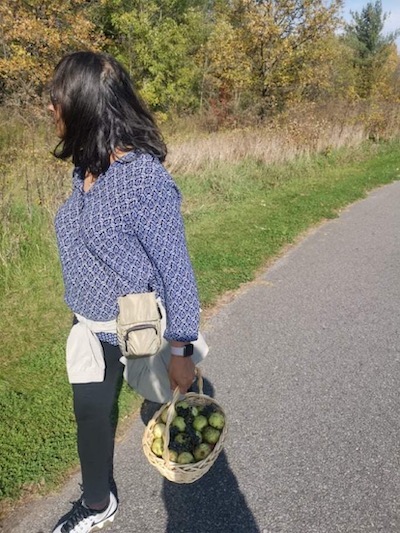
Some Ground Rules:
These are basic guidelines. They might seem obvious or they might not. Please do consider them as they are important.
- Only forage what you know is 110% safe. Never ever, try something before you are sure it is safe to eat.
- Bring along a field book with pictures if you have questions.
- Do your research: some plants such as mushrooms should not be eaten raw. Some parts of plants are edible and some are not – stems of dandelions are not good to consume. Same goes for leaves of the rhubarb plant. Foraging apps and books will help identify what is edible and what is not.
- Stick to safe areas that you have determined are green-zones for foraging.
- Pick spots that are far away from possible pollutants such as busy streets that are full of passing vehicles. If you are worried about gathering food from a polluted area, take extra care to wash what you have brought home.
- Make sure you do not venture on to private properties.
- Do not remove too much of a plant to ensure viability of some of the not so abundant plants. Let’s leave some for animals! That being said, please do not assume that if an animal eats something, it is edible for humans.
- If a plant has a disagreeable odor, best to avoid it. Same goes for fruit or berries that look spoiled.
- It is best to avoid plants with leaves that grow in groups of three (classic example is poison ivy).
- Take a picture of anything you forage in the event that it needs to be shown to a health professional for treatment.
- Don’t get greedy. Consume small amounts of a new plant at first to make sure your body does not react to it.
- Throw out anything that seems “off”.
- Avoid cross-contamination of plants you are not familiar with.
How to identify what can be consumed:
Use a field guide. Many authoritative ones are available on Amazon or your local library or bookstore.
You can use a plant app (some free good ones are iNaturalist, Forager’s Buddy, Wild Edibles Forage, Wild Edibles Lite, Edible and Medicinal Plants, and Foraging Flashcard Lite).
Rely on an experience guide or consulting a native plant specialist is always a good idea. It will give you the confidence and peace of mind that you are picking plants that are safe to consume.
Take a community class on foraging. Many communities offer classes, meet-ups and field trips. Gather some friends and try it out!
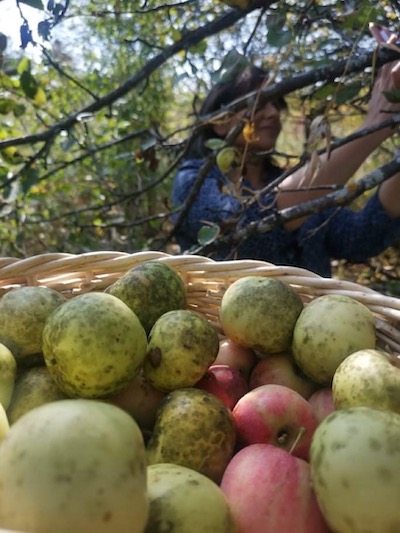
Common foods that are edible and that you might come across:
Ramps:
Basically wild onion and garlic. These plants have flat longish leaves. Don’t pull out the bulbs because they can regenerate leaves. You can make delicious pesto with these or use them as you would green onion leaves from the grocery store!
nettles:
This plant is a great substitute for spinach. Most people say it tastes like a mix of cucumber and spinach. You can use it in sauces and soups.
dandelion:
Believe it or not, the leaves, roots and petals of the dandelion plant can be consumed. Don’t try to eat the stems though as they are sticky and bitter! The leaves are very nutritious and contain Vitamin A, C & K. More mature leaves (when the flowers appear) as well as roots can be bitter so best to harvest in the spring and boil before you consume. The yellow flower can be eaten raw as a snack or thrown into a salad for some sunshine! Dandelions can be foraged to your hearts content as they are abundant!
You can brew the leaves and enjoy dandelion tea. The root can be roasted and used to make herbal tea too.
berries:
My advice is to stick with berries that you recognize from the grocery store –raspberries, mulberries and strawberries. They are as healthy as they are beautiful.
apples:
Green and red apples make lovely pies, and are beautiful stewed with cinnamon and brown sugar.
grapes:
These grow easily so you shouldn’t have too tough a time to find some. A word of caution: they are sour when you pull them right off the bush. Use these to make juices and preserves. Grapes freeze really well. Make sure you look for forked tendrils on the leaves. There is a poisonous variety that has smoother edges on their leaves. Get out that field guide or app!
nasturtium
These plants come with yellow, orange and red flowers. The leaves and flowers are edible – be ready for a peppery flavour.
rose bushes:
There are options with these plants. You can consume the petals or the rose hips (small red/orange fruits). Rose hips are nice in jams, sauces or brewed into a tea. The petals are beautiful in salads, to decorate cakes or in jams.
violets:
Violets are common in fields, wooded areas and even along roadsides. Both the flowers and leaves are edible. The purple gems can be used in deserts, in salads, brewed tea or as a garnish on just about anything. Why not dry them and use to decorate cakes, cupcakes or bonbons?
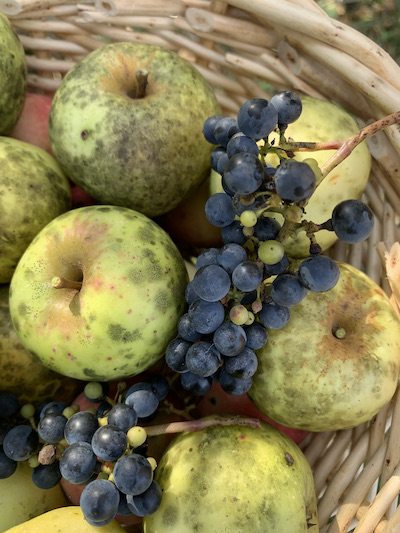
Common Plants to AVOID!
Mushrooms: My advice is to avoid mushrooms unless you are with an experienced forager. Many mushrooms are abundant and edible but why take a chance? I would only take mushrooms at the advice and confirmation of an experience forager.
Lily of the Valley: one of my favorite flowers but as beautiful as they may be, they are highly poisonous.
Stuff You Should Consider Bringing with You:
–Field/identification guide
–Mobile phone to take a picture of anything you have collected to show health officials if treatment is ever needed (praying for you this never comes to pass)
-Know how to use the compass on your mobile phone
–Bug hat: might save you during mosquito season
–Trowel to uproot leeks, garlic etc.
–Basket or bag with small holes. Will keep your harvest in and allow dirt to fall out.
–Empty containers in case you find berries and want to avoid them getting squished.
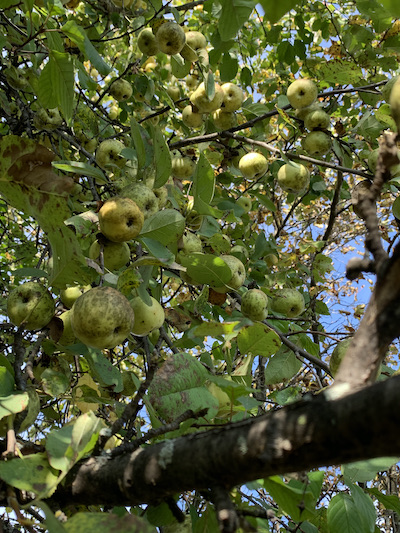
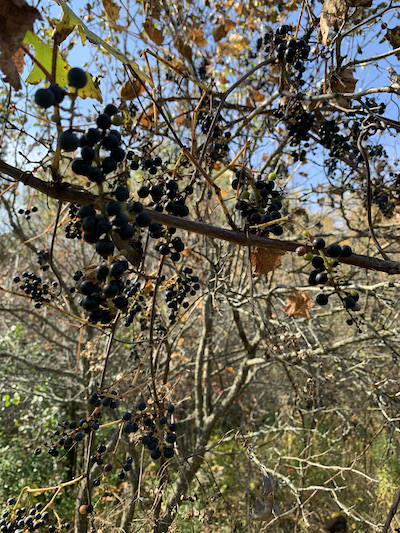
Having an Adverse Reaction?
Bring a sample of what caused it along with a picture of the plant to show the health practitioners. Seek medical help as soon as possible.
Now that you have everything you need – get out there and enjoy nature’s bounty! Get your most comfortable walking shoes on – ready, set, go!!
Considerations for Seniors:
Ensure that you do not have any ailments that could prevent you from foraging/hiking. Once cleared by your doctor, hit the outdoors!
First Aid Kit: Consider bringing some or all of these: water bottle, food (trail mix type of stuff), whistle, light rain poncho, bug spray, sunscreen, toiletry items.
Start with shorter foraging walks and take plenty of rests along the way. You can go further and further once you are convinced that your endurance is improving. Compression socks, stretching and good shoes will help. Avoid heatstroke and take it easy.
Appropriate clothing: check the weather and consider light, durable and breathable clothes and proper footwear.
Fitness/Activity tracker: You are never too old to track your heart rate, blood pressure, # of steps etc.
Smartwatch equipped with a Medic Alert Service. These watches are multifunctional and can helpful in an emergency situation.
Hiking Poles: for stability on uneven ground surfaces
Wireless EKG Monitor: these provide unlimited EKG recordings with instant blood pressure readings.
Wireless upper arm blood pressure monitors
Compass/mobile phone map/GPS insoles: please also inform others of your plans. Stick to trails so you don’t get lost. Hidden obstacles can cause injuries.
Leak guard underwear for accidents and other toiletries in the event that nature calls!
Being older doesn’t mean you can’t have fun outdoors! Just please take the proper precautions and have a great time. Look around you and take it all in!


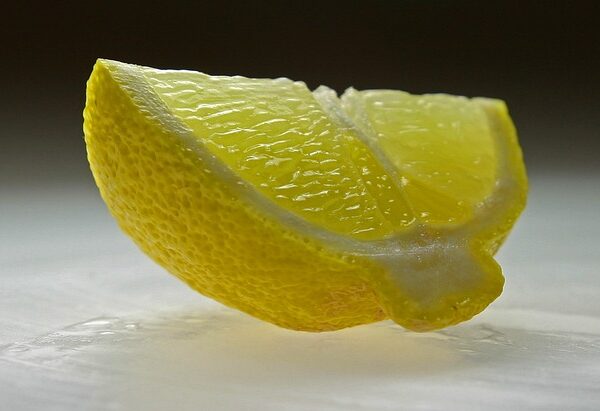

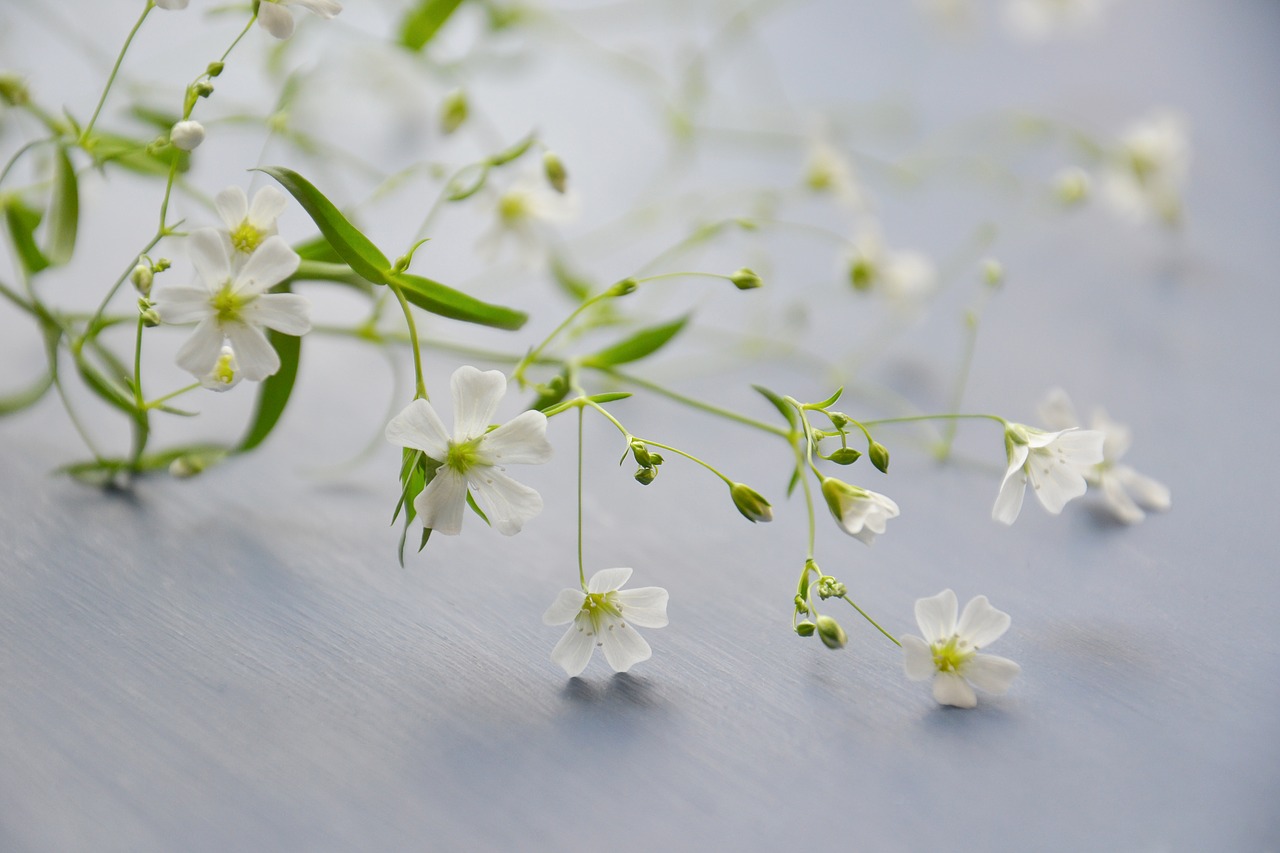
Leave a Reply